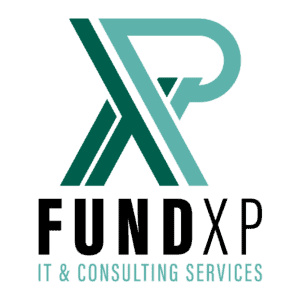“`html
Understanding the Sustainable Finance Disclosure Regulation (SFDR)
The Sustainable Finance Disclosure Regulation (SFDR) is a pivotal element in the European Union’s sustainable finance agenda. It aims to enhance transparency in the financial services sector regarding sustainability risks and impacts. Below, we answer some frequently asked questions surrounding the SFDR to help you navigate its implications and requirements.
What is the SFDR?
The SFDR is a regulation that mandates financial market participants and financial advisors to disclose how they integrate sustainability risks into their investment decision-making processes. The regulation is designed to promote transparency and prevent greenwashing in the financial sector.
Who is affected by the SFDR?
The SFDR applies to:
- Asset managers
- Investment firms
- Insurance companies
- Pension funds
- Financial advisors
Key Requirements of the SFDR
The SFDR outlines several critical obligations for entities within its scope, including:
- Disclosure of sustainability risks: Firms must disclose how sustainability risks are integrated into their investment decisions.
- Transparency on adverse impacts: Companies need to provide information on how their investments might negatively impact sustainability factors.
- Pre-contractual disclosures: Investors must receive pre-contractual documentation that details sustainability-related aspects of financial products.
What are Principal Adverse Impacts (PAIs)?
The concept of Principal Adverse Impacts refers to the negative effects that investment decisions might have on environmental, social, and governance (ESG) factors. Financial entities are required to assess and disclose whether they consider these impacts and how they address them.
How does the SFDR contribute to the EU Green Deal?
The SFDR plays a crucial role in the EU Green Deal by:
- Facilitating the transition to a sustainable economy.
- Encouraging investments in sustainable activities.
- Enhancing the accountability of financial institutions regarding sustainability.
Conclusion
Understanding and complying with the SFDR is essential for financial market participants. It not only fosters transparency but also helps drive the transition towards a more sustainable economy. For further guidance and information, please refer to the official documentation and resources.

